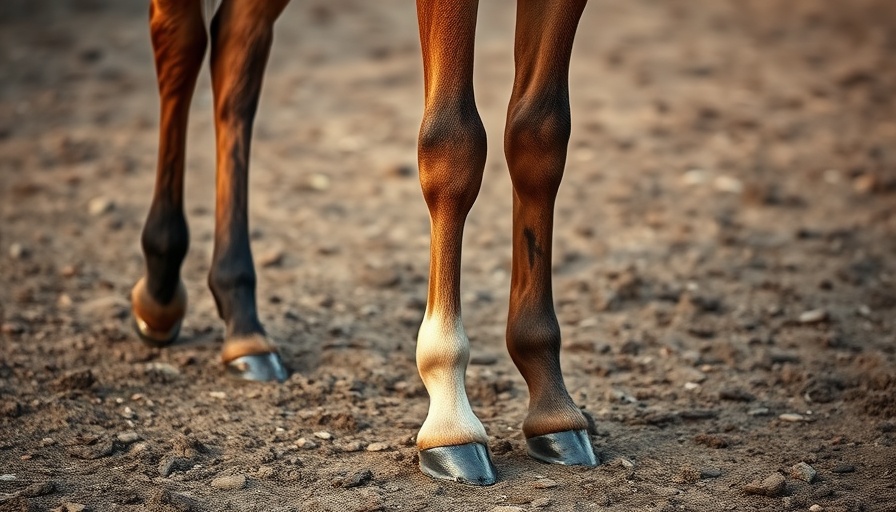
Understanding Hock Lameness in Horses
The hock joint, akin to a human's ankle, is crucial for a horse's ability to perform gracefully and powerfully. It serves as a pivotal point in a horse’s hind limb, facilitating movements essential for various equestrian disciplines such as barrel racing, dressage, and show jumping. Yet, with the force and agility required of these activities, it’s unsurprising that hock lameness becomes a common concern, particularly in performance horses.
What Causes Hock Lameness?
The most frequent culprit behind hock lameness is osteoarthritis—an affliction characterized by joint degeneration and inflammation. Factors contributing to this condition include:
- Repetitive Stress: Horses, especially those engaged in high-performance sports, endure significant stress on their joints. This repeated strain can lead to inflammation and structural changes over time.
- Poor Conformation: Horses with predispositions, such as upright or incorrectly angled hocks, are more likely to suffer from these issues.
- Injury: Acute injuries such as fractures or tendon tears also pose serious threats to hock health.
Although the condition may not end a horse's career, it can indeed shorten it or markedly reduce performance capabilities.
Identifying Symptoms of Hock Lameness
Recognizing hock lameness as early as possible is vital for effective management. Signs include:
- Asymmetrical Movement: When observing a horse moving in a straight line, a noticeable difference in hip movement is often the first red flag.
- Pain upon Flexing: Horses may display signs of discomfort or reluctance to bear weight on one leg, especially during the airborne phase of their stride.
- Swelling: A condition known as "puffy hocks" can occur if excess fluid accumulates in the joint, indicative of synovitis.
Impacts of Hock Lameness
The repercussions of hock lameness reach beyond mere discomfort for the horse; they can impede its performance and overall quality of life. Horses suffering from lameness may show reduced agility in turning or exhibit reluctance in jumping—critical skills for many equestrian sports. Riders may notice these performance drops leading to adjustments in training or in some cases, retirement from active competition.
Managing Hock Lameness: Treatment Options
While hock lameness can be a significant concern, a variety of treatment options can help manage the condition effectively:
- Veterinary Consultation: The first step is assessing the horse’s condition professionally. A veterinarian will help determine the best course of action based on the underlying cause of lameness.
- Medications: Anti-inflammatory medications can be prescribed to alleviate pain and reduce swelling.
- Therapies: Physical therapy techniques or joint injections can support joint function and improve mobility.
- Alternative Treatments: Some horse owners have found success with practices such as acupuncture or cold laser therapy.
Future Trends in Hock Health Management
As equestrian practices evolve, so too do the methods of managing joint health in horses. Advances in veterinary science have sparked a rise in customized conditioning programs focusing on preventing hock issues. Collaborative care, integrating inputs from veterinarians, trainers, and owners, will be crucial in fostering healthy and competitive equine athletes in the future.
Ultimately, attention to hock health is essential for horse enthusiasts hoping to maintain their horses' performance and quality of life. With diligent monitoring and a proactive management strategy, horse owners can help their companions continue to thrive both in and out of the ring.
To ensure your horse remains at peak condition, consider consulting your veterinarian about the best practices for maintaining joint health, especially if you comply in a high-performance setting.
 Add Row
Add Row  Add
Add 


 Add Row
Add Row  Add
Add 

Write A Comment